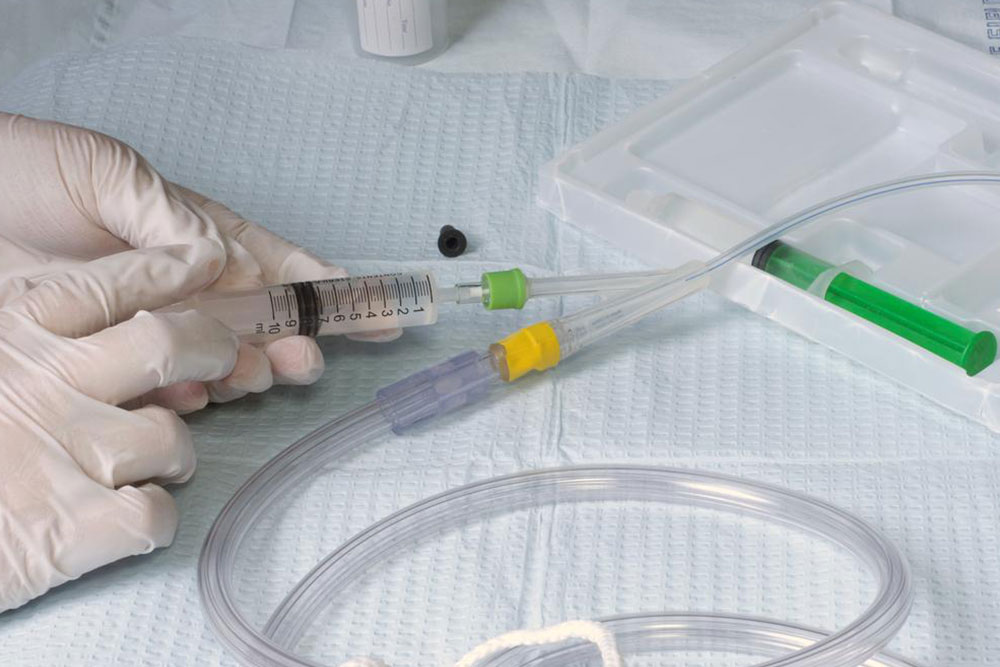Essential Guide to Male Catheters and Their Uses
This comprehensive guide covers essential information about male catheters, their purposes, types, and care tips. It explains how catheterization helps men with urinary difficulties, highlights safety precautions, and discusses potential risks. Proper hygiene and professional guidance are emphasized to prevent complications, making this resource valuable for patients and caregivers managing urinary health issues.

Essential Guide to Male Catheters and Their Uses
Male catheters are medical devices inserted through the urethra into the bladder to drain urine when normal urination is not possible. The urine is collected in a connected collection bag, ensuring proper waste removal. Catheterization is performed for various medical reasons, including to diagnose, monitor, or manage urinary issues. There are two main types: intermittent and indwelling catheters. Intermittent catheters are used temporarily for diagnosis, bladder emptying, or pre-surgical procedures, while indwelling catheters stay in place longer. Proper hygiene and care are essential to prevent infections, and men may need time to adjust to this routine. Strict cleaning of the catheter is advised, but antibiotics are generally not prescribed prophylactically. Risks include urinary infections, bladder or urethral trauma, and leakage due to sizing issues. Correct insertion and maintenance minimize complications.
The use of male catheters involves careful handling to prevent infections and injuries. While adaptation can take some time, proper hygiene and technique are key. Avoid unnecessary antibiotics; instead, focus on maintaining cleanliness. Be aware of risks like urinary tract infections and urethral trauma, and seek professional guidance for insertion and care. Overall, catheters are vital for managing urinary issues in men, especially post-surgery or in cases of chronic urinary retention. Regular monitoring and correct usage help ensure safety and comfort during treatment.







